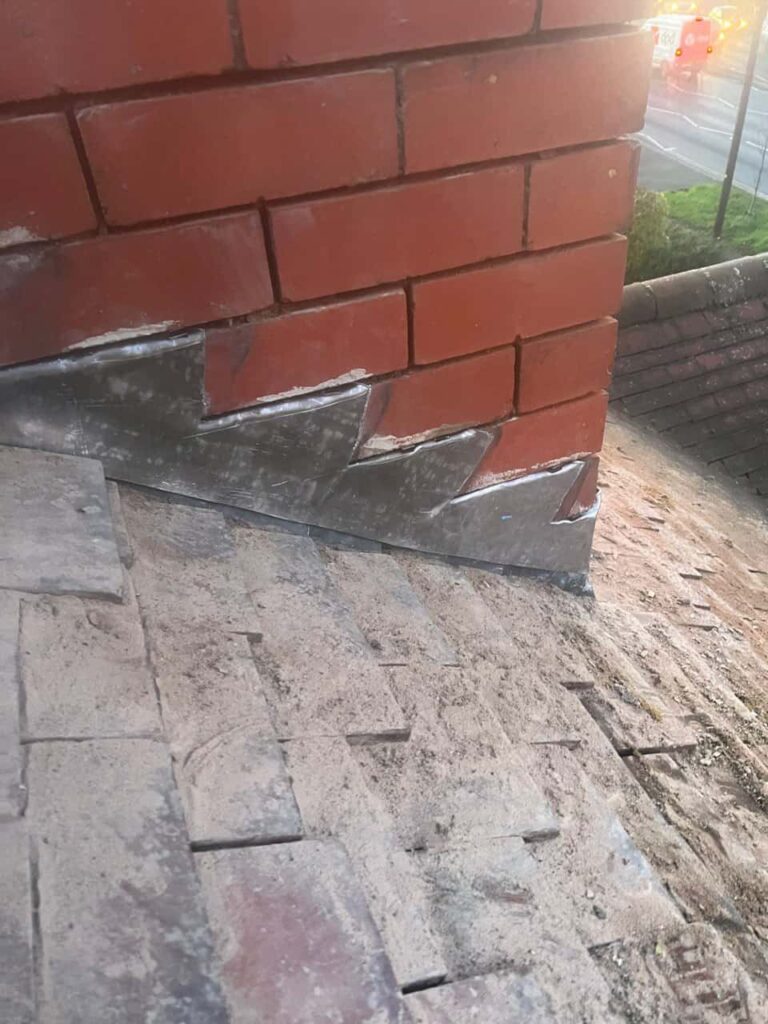Streamlining Maintenance: Incorporating Roof Access Points for Commercial Roof Repair Plans
Introduction: Commercial roofing systems require regular maintenance to ensure longevity, performance, and integrity. However, accessing rooftops for inspection, repair, and maintenance tasks can be challenging without proper access points and safety measures. This guide will explore the importance of incorporating roof access points for maintenance personnel in commercial roof repair plans, highlighting strategies to streamline maintenance activities and enhance worker safety.
Importance of Roof Access Points:
- Roof access points are critical components of commercial roof repair plans, providing safe and efficient means for maintenance personnel to access rooftops for inspection, cleaning, repair, and equipment installation. By strategically positioning access points at key locations along the roof perimeter or near equipment and penetrations, building owners and facility managers can facilitate easy and convenient access for maintenance personnel while minimising potential hazards and risks associated with rooftop work.
Types of Roof Access Points:
- Several types of roof access points can be incorporated into commercial roof repair plans, depending on the specific needs and requirements of the building. Common access points include roof hatches, ladder systems, stair towers, and roof-mounted platforms or walkways. Each access point type offers unique advantages in accessibility, safety, and suitability for different roof configurations and building layouts.
Safety Considerations:
- Safety is paramount when designing roof access points for commercial buildings. Access points should comply with relevant safety regulations and standards, such as OSHA (Occupational Safety and Health Administration) requirements, to protect maintenance personnel and minimise the risk of accidents or injuries. Features such as guardrails, handrails, non-slip surfaces, and fall protection systems should be incorporated into access point design to enhance worker safety and prevent falls from height.
Accessibility for Equipment:
- In addition to providing access for maintenance personnel, roof access points should also accommodate the movement of equipment and tools necessary for roof repair and maintenance tasks. The size, weight, and dimensions of equipment commonly used for rooftop work, such as ladders, tools, materials, and safety gear, should be considered. Access points should be designed to facilitate the safe and efficient transport of equipment to and from the rooftop, minimising the risk of damage to property and ensuring that maintenance activities can be carried out effectively.
Integration with Roof Management Systems:
- Roof access points can be integrated with roof management systems to streamline maintenance operations and enhance efficiency. Digital platforms and software solutions can track maintenance schedules, record inspection findings, and manage work orders for roof repair and maintenance tasks. By centralising information and communication, roof management systems help ensure that maintenance personnel have access to relevant data and resources to perform their duties safely and effectively.
Conclusion: Incorporating roof access points for maintenance personnel in commercial roof repair plans is essential for ensuring maintenance operations’ safety, efficiency, and effectiveness. By strategically positioning access points, adhering to safety standards, accommodating equipment needs, and integrating with roof management systems, building owners and facility managers can streamline maintenance activities, minimise risks, and prolong the lifespan of their commercial roofing systems. Investing in proper roof access infrastructure is not only a sound business decision but also a commitment to the safety and well-being of maintenance personnel and the long-term integrity of the building.
Call us on: 01977 804 687
Click here to find out more about WS Roofing South Elmsall
Click here to complete our contact form and see how we can help with your roofing needs.

